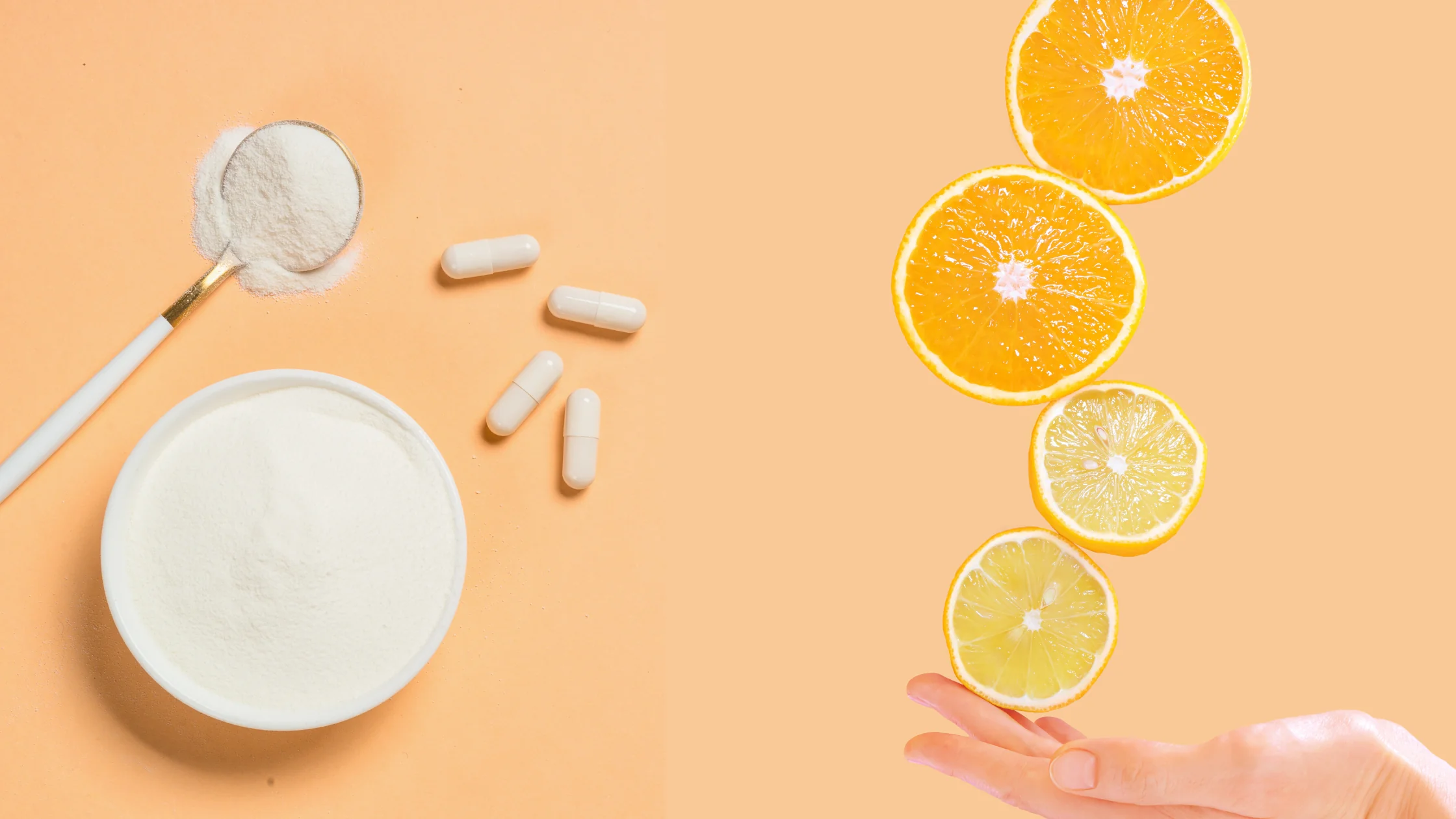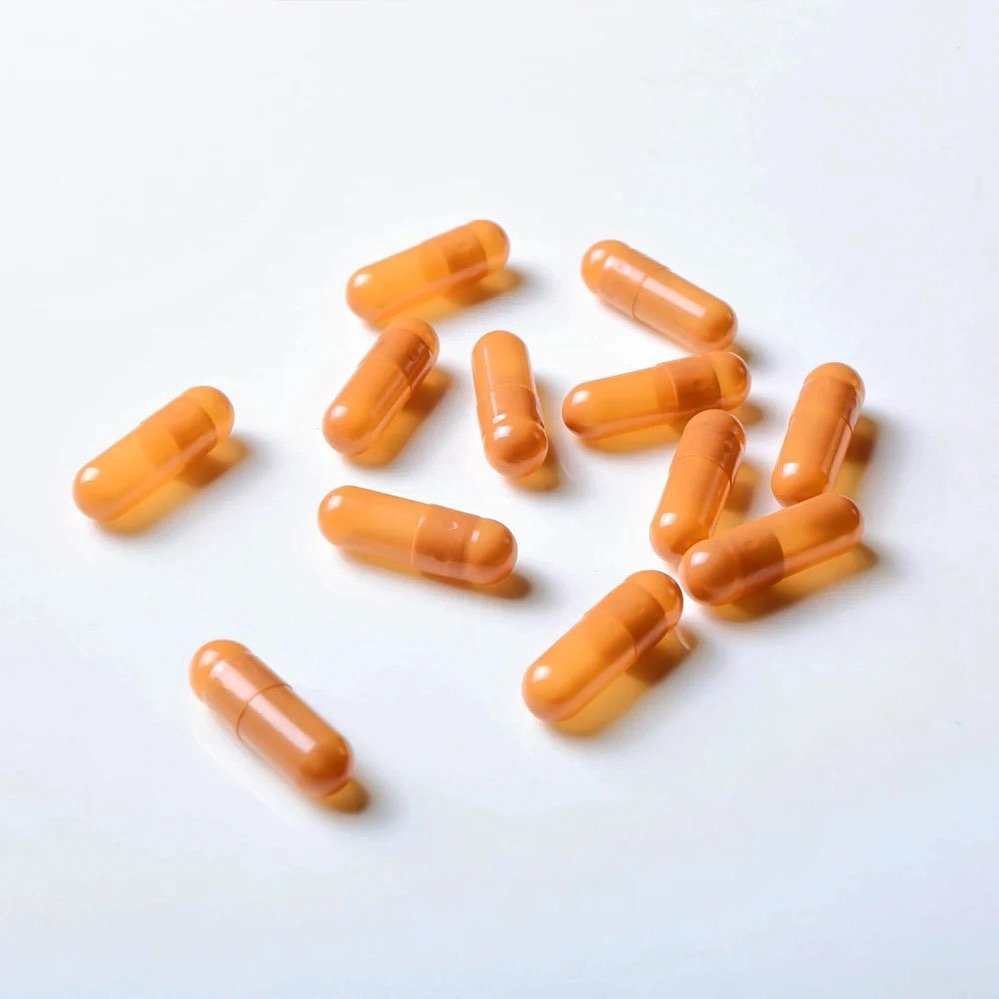The word nutraceuticals is derived from the terms nutritional and pharmaceutical, and is also known as “functional foods”. Nutraceutical excipients are inactive components that are prepared with the active pharmaceutical ingredient (API) to increase the volume of solutions containing potent active ingredients, improve their stability, enhance their organoleptic properties or even to improve their manufacturing process.
They are used for several important reasons:
Main functions of Excipients
Improved stability and optimization:
Protection against environmental factors:
- Excipients help protect active ingredients from external factors that can degrade them and prevent degradation by moisture, acting as a barrier against water absorption.
- They protect against oxidation, especially through the use of antioxidants as excipients, and protect against exposure to light, which can decompose certain compounds.
Physical stability:
- Maintain the physical integrity of the product, preventing premature crumbling or disintegration.
- Improve mechanical properties, such as hardness and friability of tablets and prevent phase separation in suspensions and emulsions.
Chemical stability:
- They help maintain proper pH to prevent unwanted chemical reactions.
- They can sequester metal ions that catalyze degradation reactions.
- Avoid interactions between different active ingredients.
Shelf life extension:
- Act as preservatives, inhibiting microbial growth, maintaining organoleptic properties (taste, odor, color) over time.
- Allow controlled release formulations that maintain stability for longer periods of time.
Improved bioavailability:
- They increase the solubility of poorly soluble ingredients, facilitating a controlled release that optimizes absorption and prolongs the effect.
Improvement of organoleptic properties:
- Excipients can improve the sensory characteristics of the product, improving the texture and appearance of the product:
- They improve taste and odor, making it more palatable for consumption, allowing the formulation of more visually attractive presentations.
Release Control
- Quality control and reproducibility
- Contribute to a uniform distribution of the active ingredient in the formulation.
- Enable the manufacture of dosage forms with accurate and reproducible doses.
- It helps maintain consistency between production batches and the adaptability to different dosage forms, using them in multiple formats such as tablets, capsules, liquids and suspensions, adapting to the specific needs of each product and allowing the development of controlled or sustained release formulations.
- It also helps improving stability during production, maintaining the properties of the product during the different stages of production and protecting the active ingredient from degradation by external factors during the manufacturing process.
Manufacturing facilitation:
- Improvement of physical properties.
- They act as diluents to increase the volume of the formulation when the active ingredient is present in small quantities, allowing to obtain an adequate dose size.
- They act as binders to hold ingredients together, ensuring the physical integrity of tablets and capsules and it provides the right mechanical properties for production, such as hardness and friability.
- On the other hand, the lubricants prevent ingredients from sticking to equipment during manufacturing, improving the production process.
- They make it possible to reduce the number of processing steps by using multifunctional excipients and facilitate tablet compression by improving the flow characteristics of the mixture.
Most commonly used Excipients
Microcrystalline cellulose (MCC) :
It acts as a diluent to increase the volume of formulations with small amounts of active ingredients and acts as a binder to hold ingredients together, ensuring the physical integrity of tablets and capsules.
Allows to reduce processing steps by being a multifunctional excipient that can act as a binder, disintegrant, absorbent, lubricant and anti-adhesive.
It allows the manufacture of pharmaceutical forms with accurate and reproducible doses and can also be used in multiple formats such as tablets, capsules and gels.
Magnesium stearate :
It acts as a lubricant and as an anti-adhesive to reduce friction between particles and facilitate their movement through manufacturing equipment.
It is used simultaneously in concentrations of 0.25% to 1% in tablet and capsule formulations.
Improves production efficiency by allowing smooth flow of materials. Prevents drug particles from adhering to the surfaces of manufacturing equipment and avoids blockages and irregular dosing during the production process.
Silicon dioxide (colloidal silica) :
It acts as a fluidizing agent, improving the flow of powders and granulates during manufacturing.
Acts as an absorbent, helping to control moisture in sensitive formulations.
It is used as an anti-caking agent to prevent the formation of powder lumps, improves the flow characteristics of blends, facilitating operations such as capsule filling or tablet compression and it can be used in multiple dosage forms such as tablets, capsules, powders and suspensions.
Hydroxypropyl methylcellulose (HPMC) :
HPMC is an extremely versatile excipient in the pharmaceutical industry, adapting to a wide range of dosage forms and manufacturing technologies.
It can be used in tablets, capsules, suspensions and mucoadhesive systems, and is especially valuable for developing controlled release systems by forming a hydrated gel layer. Its availability in different viscosity grades and molecular weights allows its use in a variety of applications, from traditional formulations to emerging technologies such as 3D printing and electrospinning.
HPMC is compatible with numerous active ingredients and can function as a coating agent, binder in extended release formulations and emulsifier in liquids. In addition, it is useful in the formulation of amorphous solid dispersions and in the manufacture of nano- and microparticles, demonstrating its versatility in advanced pharmaceutical applications.
We carefully select excipients to improve the stability, bioavailability and acceptability of nutraceutical supplements. The specific choice depends on factors such as the type of formulation, active ingredients and manufacturing method. Proper use of excipients is critical to ensure the quality, efficacy and safety of nutraceutical products.
FOREFRONT Nutraceuticals is choosing carefully the best quality excipients products for your nutraceuticals manufacturing.
Do you already know what kind of excipients you want to use for your nutraceutical products?
Please contact our team for more information





